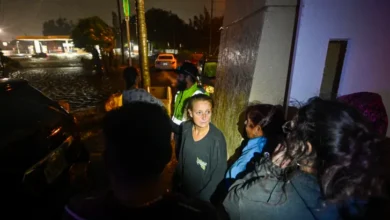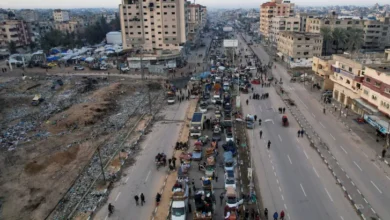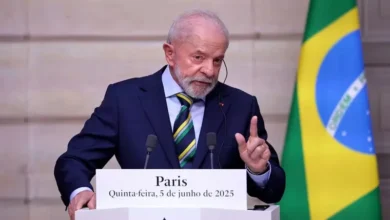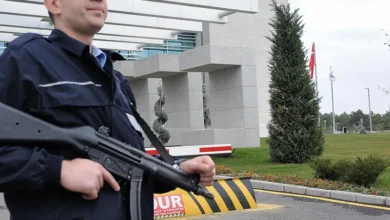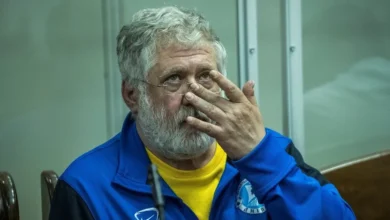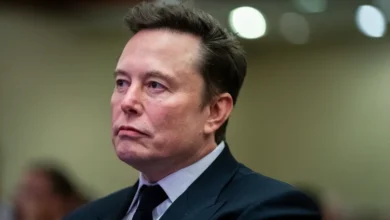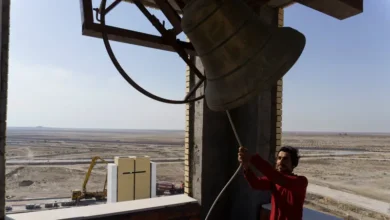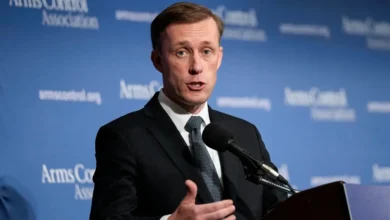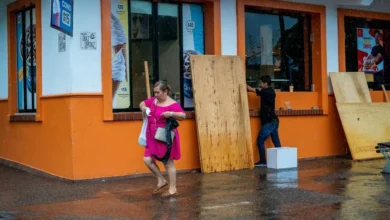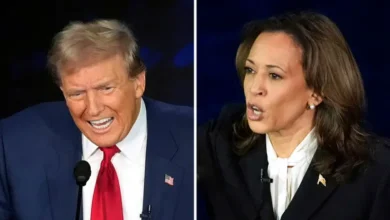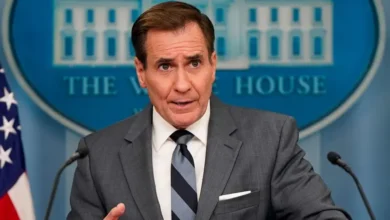Probe into India rail disaster begins as train services resume

India’s official investigation into its deadliest rail crash in 20 years has begun after preliminary findings point to signal failure as the likely cause for a collision that killed at least 275 people and injured nearly 1,200.
The disaster struck on Friday, when a passenger train hit a stationary freight train, jumped the tracks and hit another passenger train passing in the opposite direction near the district of Balasore, in the eastern state of Odisha.Following non-stop efforts to rescue survivors and clear and repair the track, passenger and freight trains resumed running over that section of the line on Sunday night.
Trains rumbled past the debris of smashed carriages from Friday night’s crash near Balasore.Green netting was erected on either side of the tracks, shielding the crumpled carriages, which had been pushed down the embankment, from the view of travelling passengers.
Railway Minister Ashwini Vaishnaw was seen folding his hands in prayer as he saw the first train cross the site of the disaster late on Sunday.
The railway department said the first train, a goods train loaded with coal, started 51 hours after the crash.
It was not immediately clear if all the tracks had been fully repaired, with trains on Monday using only lines on one side.
Officials had initially reported the death toll stood at 288, but the Odisha government revised it down to 275 on Sunday after some bodies were “mistakenly counted twice”.At least 382 injured people were still being treated in hospital, authorities said on Sunday. Many fear the death toll could still rise with medical centres overwhelmed by the number of casualties, many in serious condition.
There was confusion about the exact sequence of events on Friday, but reports cited railway officials saying a signalling error had sent the Coromandel Express running south from Kolkata to Chennai onto a side track.
It slammed into a freight train at 128kmph (80mph) and the wreckage derailed the Yesvantpur-Howrah train heading in the opposite direction from India’s tech hub Bengaluru to Kolkata.Vaishnaw said on Sunday the crash happened due to the “change that occurred during electronic interlocking”, referring to a technical term for a complex signal system designed to stop trains colliding by arranging their movement on the tracks.
“Whoever did it, and how it happened, will be found out after proper investigation,” he said.
Prime Minister Narendra Modi visited the crash site and met injured passengers in hospital on Saturday. He said “no one responsible” would be spared.
Some 120 kilometres (75 miles) north, at Kharagpur, in neighbouring West Bengal state, railway officials and witnesses gathered to submit evidence to a two-day inquiry, led by A M Chowdhary, commissioner of railway safety for the southeastern circle.
“Several officials and witnesses have joined the inquiry. The inquiry is underway,” a senior railway officer told the Reuters news agency, as officials checked documents being submitted for examination.
India’s Railway Board, the top executive body, has recommended that the Central Bureau of Investigation (CBI) take over the investigation into the cause of the disaster.
“We have to move towards normalisation… Our responsibility is not over yet,” Vaishnaw told reporters.
